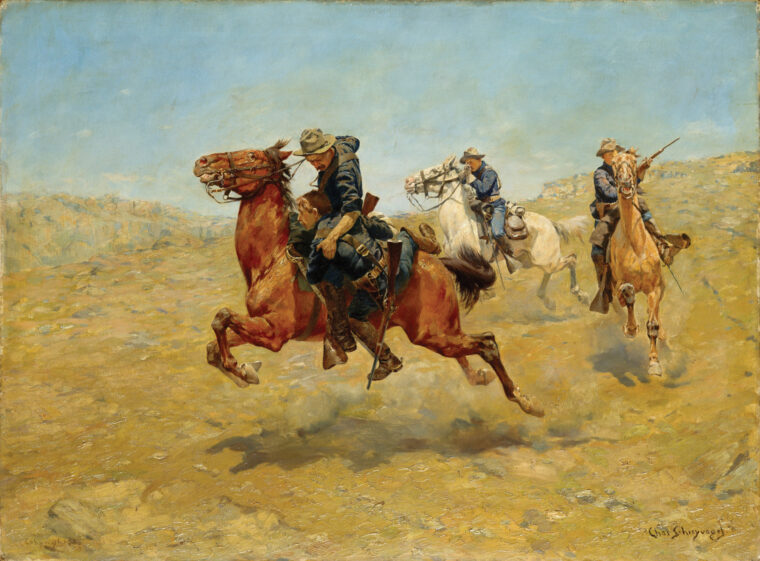
general george armstrong custer
Rosebud Creek
By Eric NiderostAround 8 o’clock on the morning of June 17, 1876, Brig. Gen. George Crook ordered his troops to halt along the banks of Rosebud Creek. Read more

general george armstrong custer
Around 8 o’clock on the morning of June 17, 1876, Brig. Gen. George Crook ordered his troops to halt along the banks of Rosebud Creek. Read more
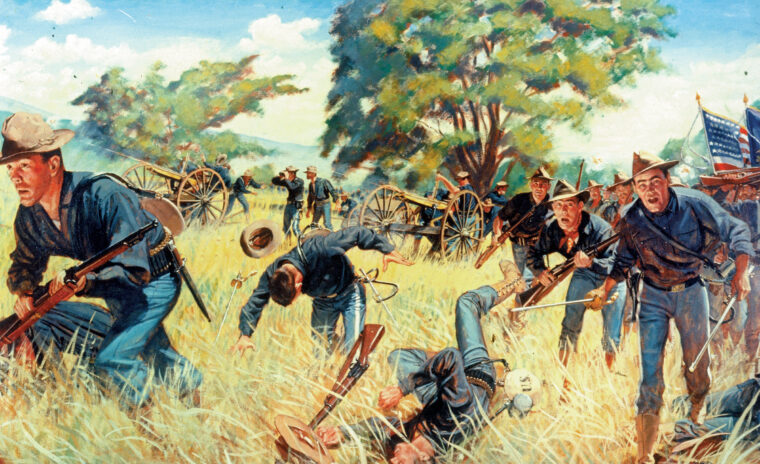
general george armstrong custer
Richard Gatling was born in Hertford County, NC, on December 12, 1818. His father was a prosperous farmer and inventor, and the son was destined to inherit the “invention bug.” Read more
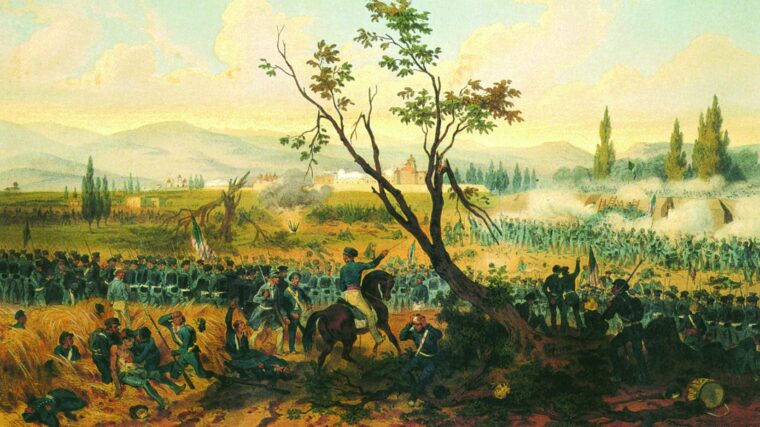
general george armstrong custer
Men have been reporting their wars almost as long as they have fighting them. The first prehistoric cave drawings depicted hunters bringing down wild animals, and spoken accounts of battles, large and small, formed the starting point for the oral tradition of history. Read more

general george armstrong custer
We can never know what frantic thoughts raced through George Armstrong Custer’s mind in the last hour of his life. Read more
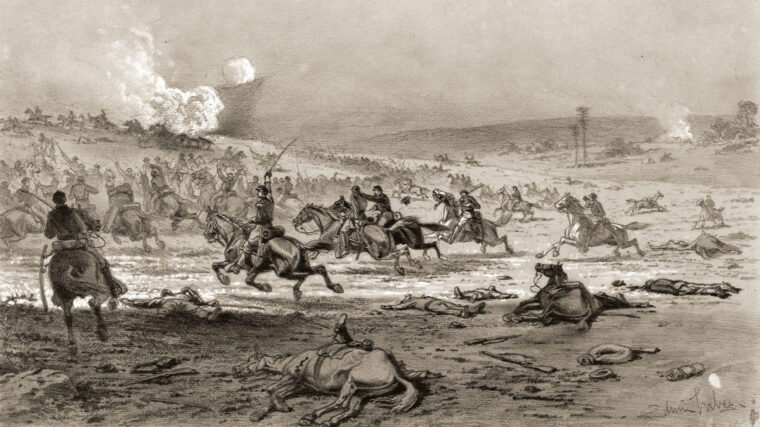
general george armstrong custer
“We have been badly used up,” a sergeant in the 5th New York Volunteer Cavalry Regiment complained in a letter to his wife on May 8, 1864, four days before J.E.B. Read more
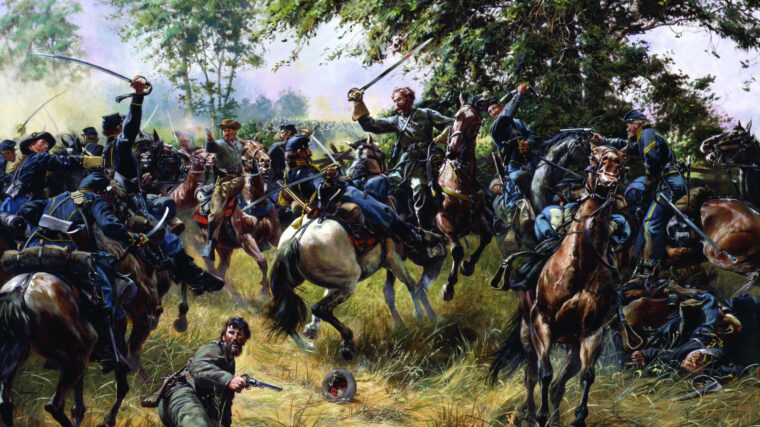
general george armstrong custer
An angry gloom hung like dust over the 6,000 Confederate cavalrymen trooping up the York Turnpike in the early dawn of July 3, 1863. Read more
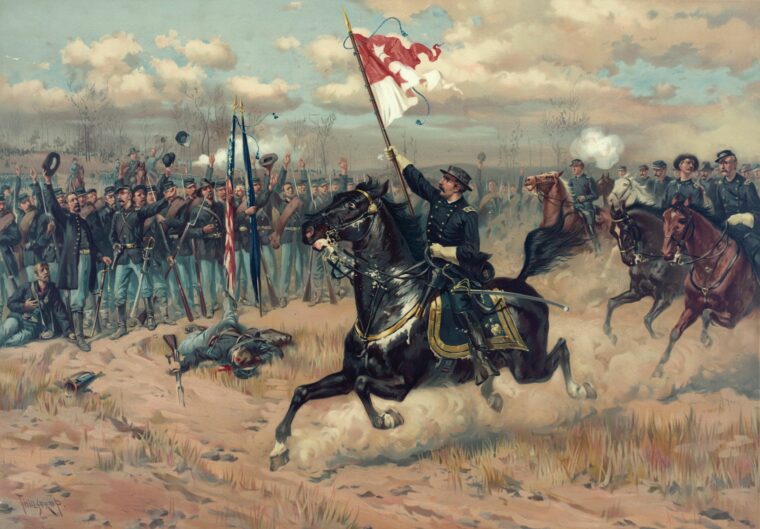
general george armstrong custer
Phil Sheridan had a bad feeling. The bantam-sized Union general always trusted his instincts, and now, in mid-October 1864, those instincts were telling him that trouble was brewing back at the front, where his Army of the Shenandoah was encamped near Cedar Creek, Virginia, resting and relaxing after a busy few weeks burning civilian farms and slaughtering thousands of head of livestock from Staunton north to Woodstock. Read more
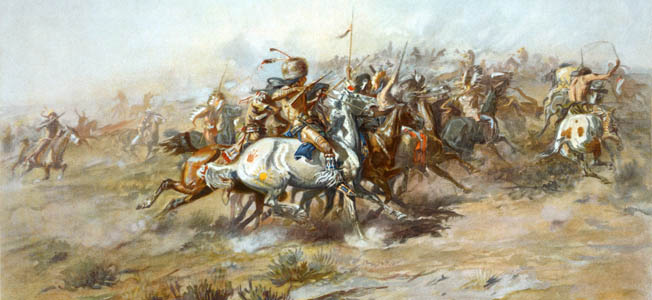
general george armstrong custer
During the Battle of the Little Bighorn, June 25-26, 1876, troopers of the U.S. 7th Cavalry Regiment under the command of Lieutenant Colonel George A. Read more
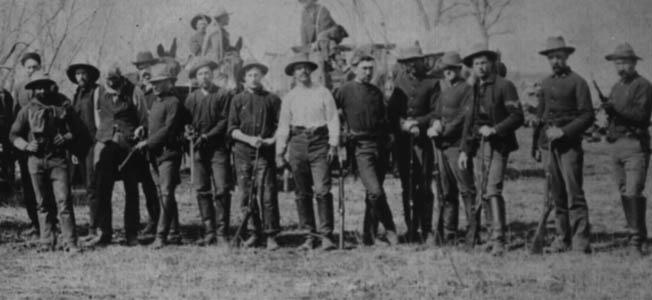
general george armstrong custer
In 1864-1865 the U.S. Army had some 1,045,000 men in uniform; within a year after Appomattox, the number stood at 57,000. Read more
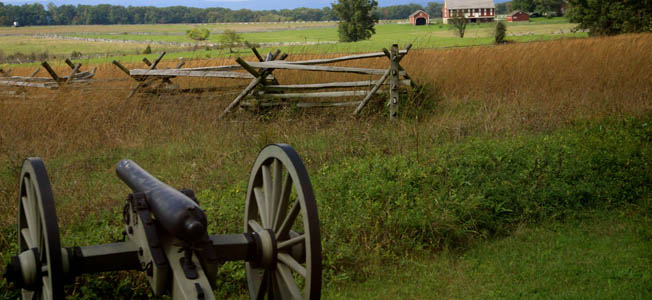
general george armstrong custer
Despite roughly 50,000 casualties reported on both sides during the Battle of Gettysburg, there was only one reported civilian casualty: Mary Wade, a seamstress, was hit by a stray bullet while making bread in her kitchen. Read more
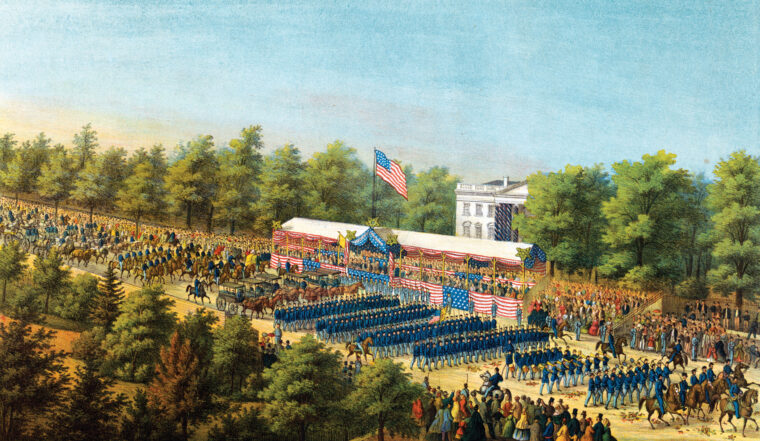
general george armstrong custer
Robert E. Lee’s surrender at Appomattox, presaging the subsequent surrender of other Confederate forces in the West and the capture of Southern President Jefferson Davis a few weeks later, marked the triumphant end of the nation’s great sundering. Read more
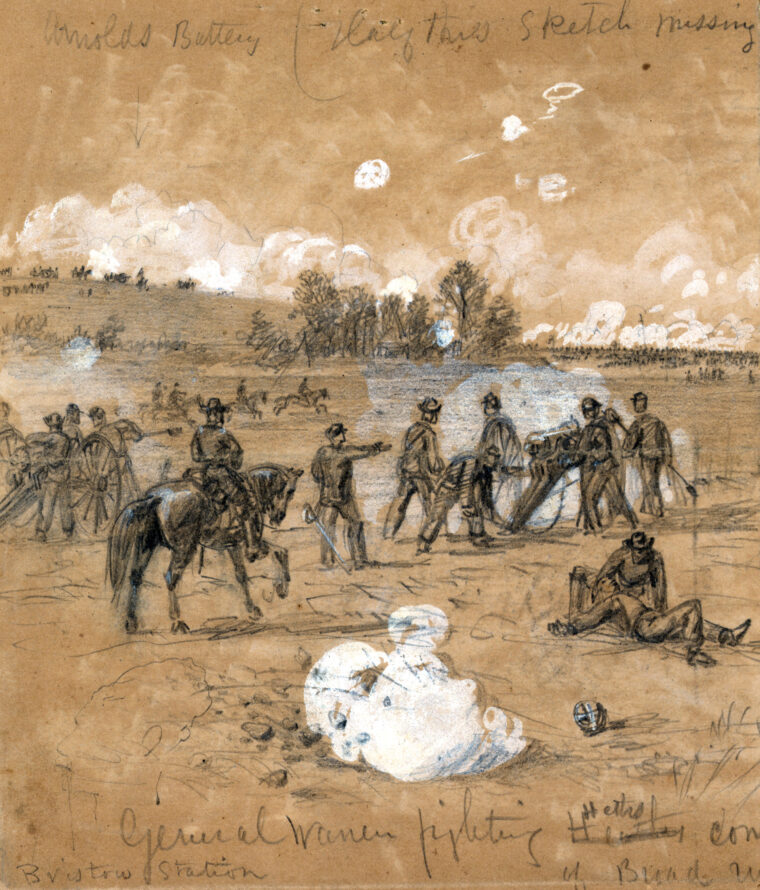
general george armstrong custer
In late July 1863, after the conclusion of the Gettysburg campaign, the Union Army of the Potomac, under Maj. Read more
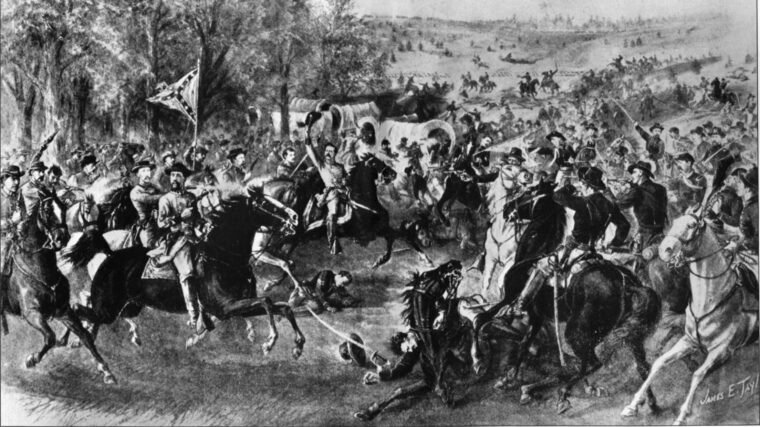
general george armstrong custer
Despite costing the Union Army 55,000 men in five weeks of hard marching and grueling combat, Lt. Gen. Read more
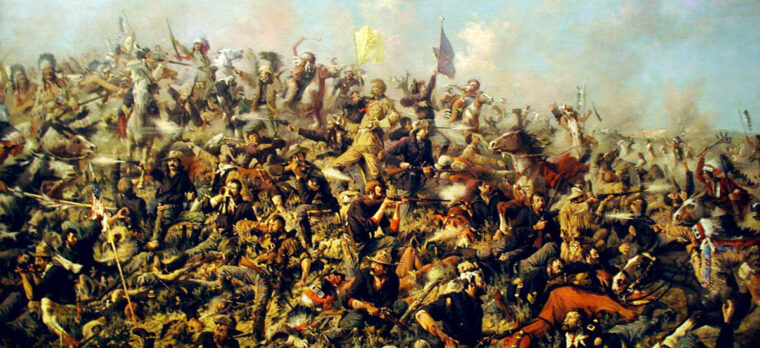
general george armstrong custer
Practically all students of military history know of George Armstrong Custer the cavalry officer, Civil War hero, and dashing, controversial Indian fighter ultimately killed at the Battle of the Little Big Horn in 1876. Read more
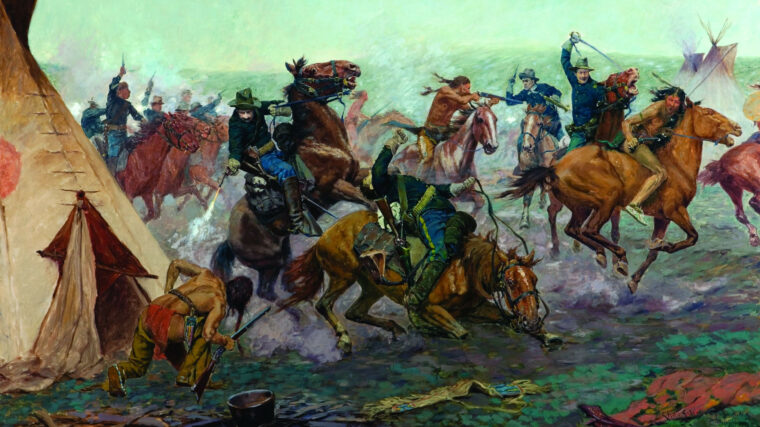
general george armstrong custer
The conclusion of the Civil War saw the painfully reunited nation resume its westward surge. Complicating that surge was the Indian question: how best to remove the Native American peoples from the paths of white expansion. Read more
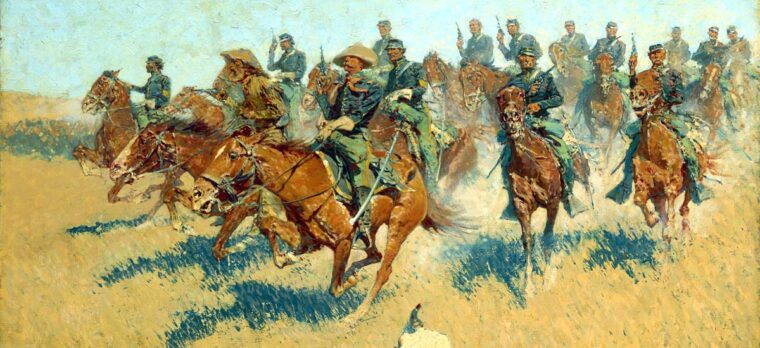
general george armstrong custer
The young captain of engineers who discovered the dangerous bulge in the “Mule Shoe” salient at Spotsylvania, Ranald Slidell Mackenzie, would go on to make a name for himself during the Civil War and the subsequent Indian campaigns out West. Read more
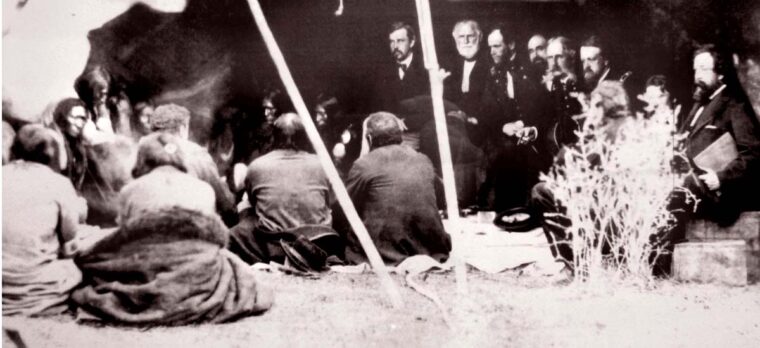
general george armstrong custer
Union General William T. Sherman, not the easiest man to please, always held Colonel Benjamin Grierson in high regard. Read more
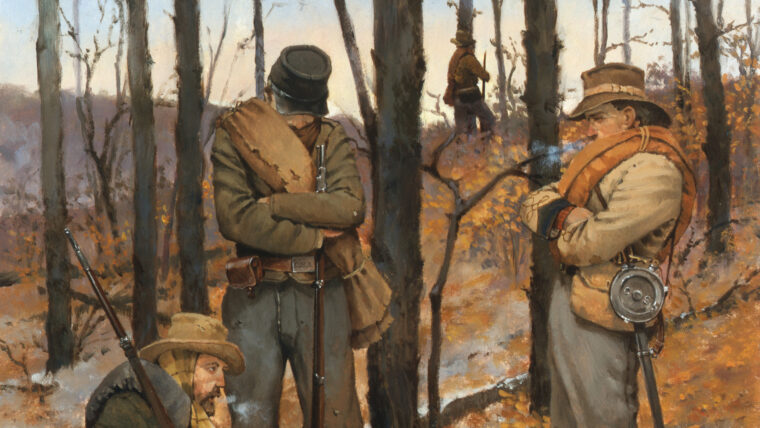
general george armstrong custer
The unrelentingly harsh winter of 1864-1865 gave no respite to Virginia’s war-torn Shenandoah Valley. Heavy snows and frigid temperatures made travel difficult, and the two opposing armies found themselves literally frozen into place, 90 miles apart and in no particular hurry to get at each other again before the weather broke. Read more
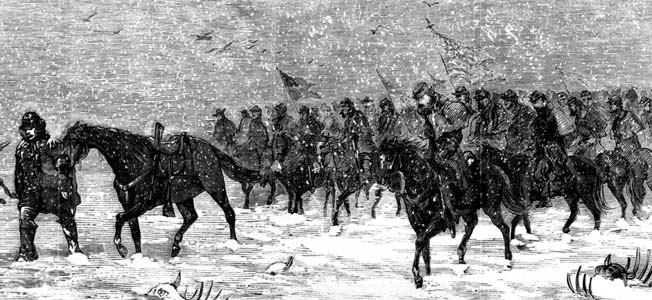
general george armstrong custer
Tall, handsome, and ramrod-straight Winfield Scott Hancock perfectly embodied his flattering nickname, “Hancock the Superb.” His performance on Civil War battlefields from Antietam to Gettysburg underscored that sobriquet. Read more
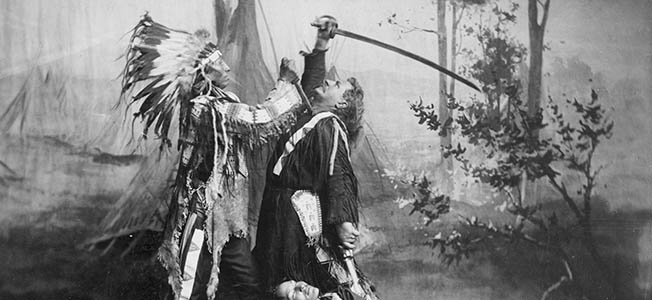
general george armstrong custer
A single cavalryman burst from the copse in mid-afternoon on June 25, 1876, riding hell-bent for the swift flowing river. Read more